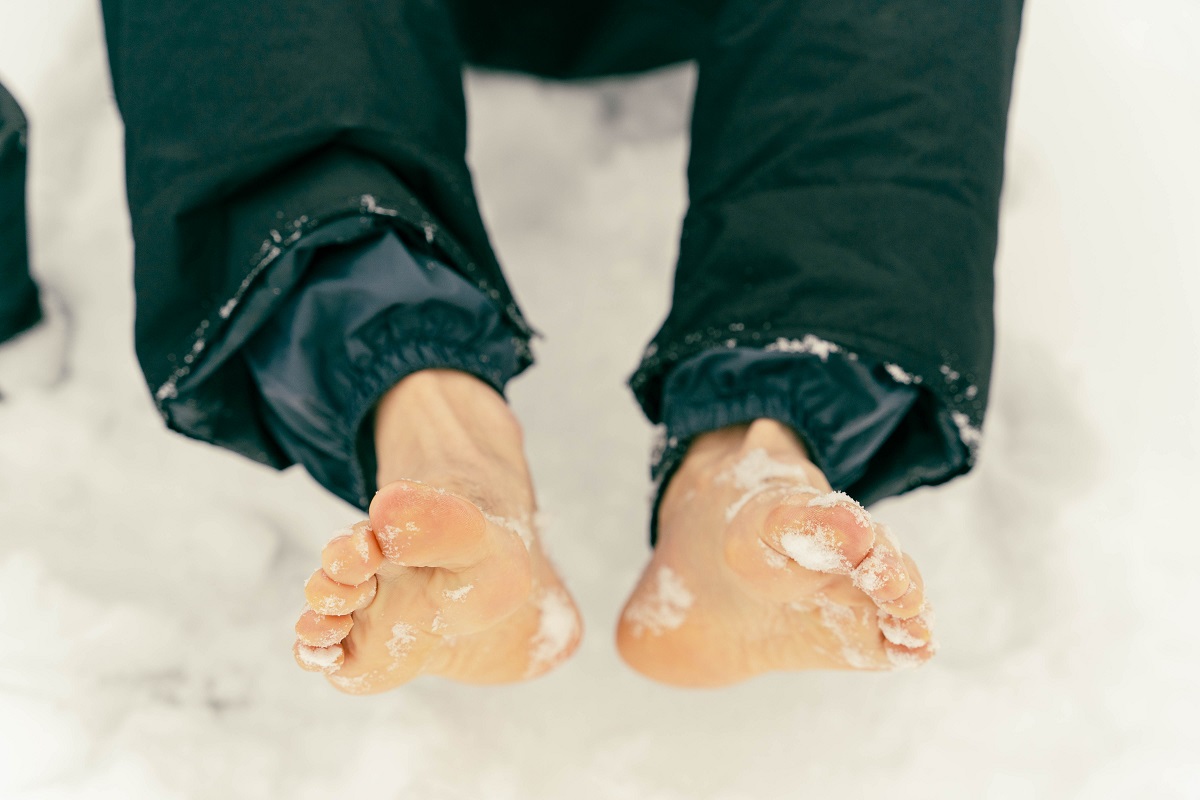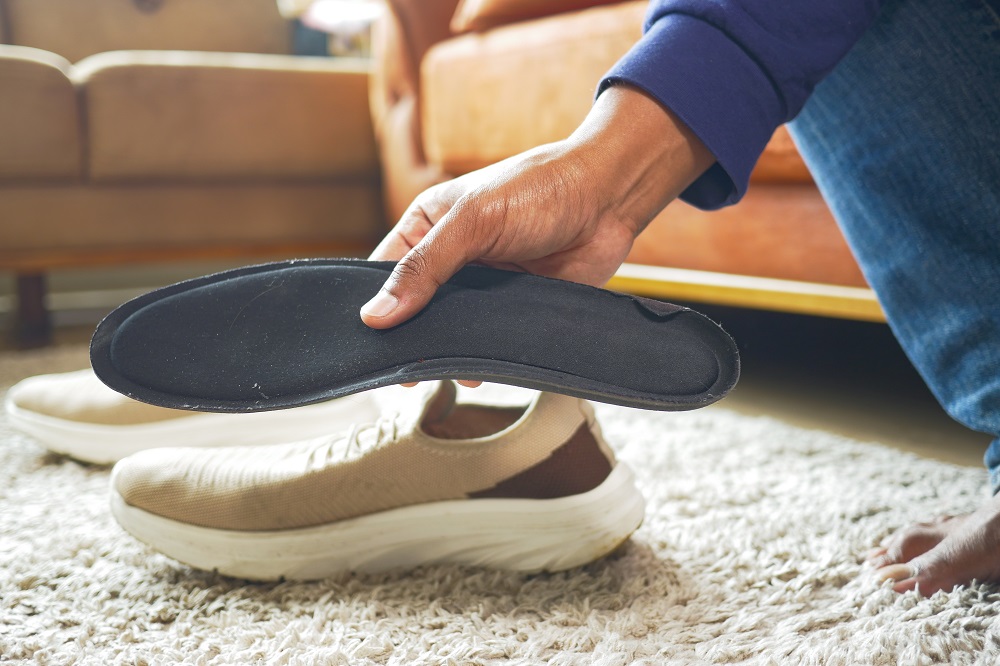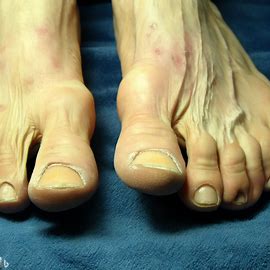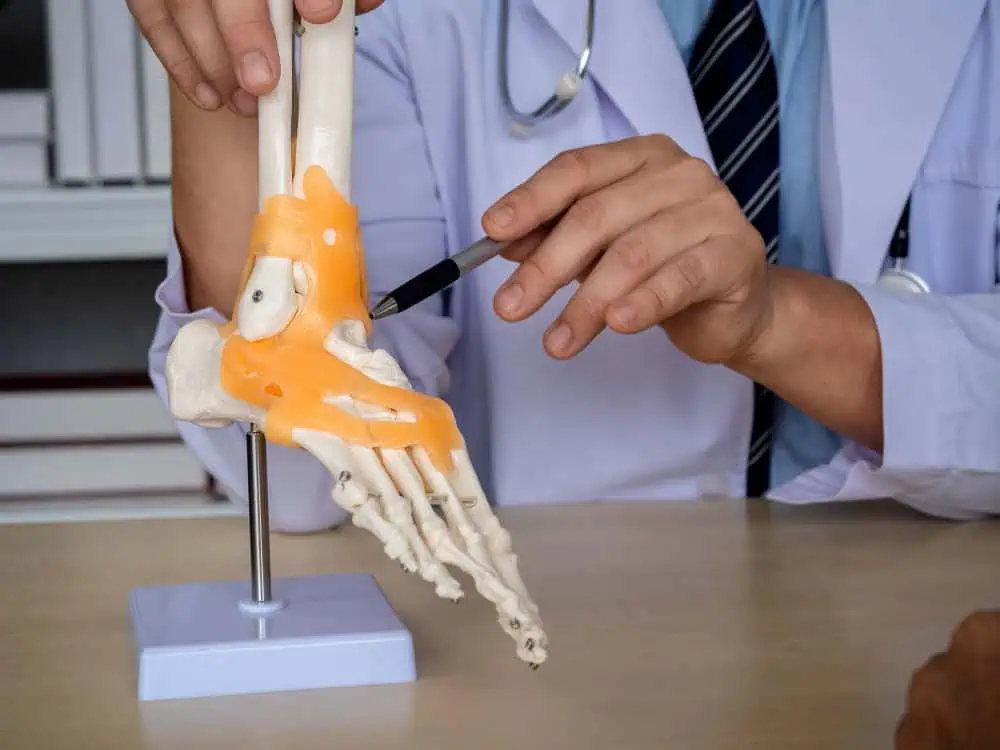Understanding Frostbite: Risks and When to Seek Help
Living in a cold climate poses unique challenges, especially when it comes to foot health. As a podiatrist practicing in such conditions, it’s crucial to be aware of the risks associated with frostbite and the timely need for medical attention.
Recognizing Frostbite Symptoms
Frostbite occurs when skin and underlying tissues freeze due to exposure to extreme cold. It’s essential to recognize the symptoms early on to prevent severe complications. Common indications include numbness, skin discoloration, and a tingling sensation in the extremities.
Risk Factors and Vulnerabilities
Certain factors increase susceptibility to frostbite. Understanding these risk factors is vital for both podiatrists and individuals living in cold climates. Peripheral vasoconstriction, where blood vessels narrow in extremities, plays a significant role. Additionally, engaging in snow sports without proper precautions and chronic exposure to cold weather can heighten the risks.
Prevention Strategies for Winter Foot Care
Prevention is key in avoiding frostbite. Podiatrists should advise patients on protective measures, including wearing cold-weather footwear, maintaining adequate insulation, and practicing winter foot care. Educating individuals on the importance of staying warm and dry during the colder months can significantly reduce the likelihood of cold-related injuries.
Treatment Approaches and Intervention Methods
When frostbite occurs, prompt treatment is crucial. Podiatric intervention methods may include rewarming affected areas, administering medications to improve blood flow, and addressing any vascular complications. Chronic frostbite effects require long-term care and management to mitigate lasting consequences.
Chilblains and Frostnip: Early Warning Signs
Understanding the early stages of cold injuries, such as chilblains (cold-induced inflammation) and frostnip (mild frostbite), is essential. Recognizing these warning signs allows for timely intervention, preventing progression to more severe frostbite.
Winter Sports Safety and Cold-Weather Footwear Tips
For individuals engaging in winter sports, safety precautions are paramount. Podiatrists can offer advice on appropriate footwear, emphasizing the importance of insulated boots and proper gear. Snow sports enthusiasts should be educated on the potential risks and the necessity of preventive measures.
Emergency Care and Seeking Immediate Medical Attention
In cases of severe frostbite or complications, seeking emergency medical attention is imperative. Podiatrists should educate their patients on the signs that warrant urgent care, emphasizing the importance of not delaying professional intervention.
Get lifetime Access to My Private Prompts Library: https://ko-fi.com/chatgpt_prompts_library
Definations:
- Frostbite: Freezing injury, cold burn, frozen skin
- Podiatrist: Foot specialist, chiropodist, lower extremity doctor
- Cold Climate: Chilly environment, frigid weather, icy conditions
- Risk Factors: Vulnerabilities, predisposing factors, susceptibility
- Medical Attention: Healthcare assistance, professional intervention, medical care
- Symptoms: Indications, warning signs, manifestations
- Prevention: Protective measures, precautionary steps, safety strategies
- Treatment: Therapeutic approaches, intervention methods, healing procedures
- Extremities: Limbs, appendages, body peripherals
- Hypothermia: Low body temperature, cold exposure, subnormal temperature
- Numbness: Loss of sensation, tingling, lack of feeling
- Skin Discoloration: Abnormal pigmentation, changes in skin color, discoloration signs
- Winter Foot Care: Cold season foot maintenance, winter podiatry, foot health in winter
- Peripheral Vasoconstriction: Blood vessel narrowing in extremities, reduced blood flow to limbs
- Chilblains: Cold-induced inflammation, pernio, cold sores
- Snow Sports Safety: Winter sports precautions, cold weather athletic care, safety in snow activities
- Frostnip: Mild frostbite, early freezing stages, initial cold injury
- Cold-Weather Footwear: Winter shoes, frost-resistant boots, insulated footwear
- Vascular Complications: Blood vessel issues, circulatory problems, vascular disorders
- Cold Exposure Risks: Dangers of freezing conditions, hazards in cold weather
- Climate-Related Injuries: Cold-related harm, environmental injury risks, climate-induced health issues
- Chronic Frostbite Effects: Long-term consequences of freezing injuries, persistent frostbite impact
- Winter Health Awareness: Cold season health knowledge, winter well-being, staying healthy in winter
- Emergency Care: Urgent medical attention, immediate healthcare, emergency podiatry
- Winter Footwear Tips: Cold weather shoe advice, winter podiatric recommendations, footwear care in winter
The information provided is for educational purposes only, and should not substitute for an evaluation by a qualified healthcare professional. If you are experiencing any of these symptoms acutely, please go to the nearest emergency department. You can always call us at 410-363-4343 to be seen in any of our offices in Pennsylvania, Maryland, or Washington DC.




